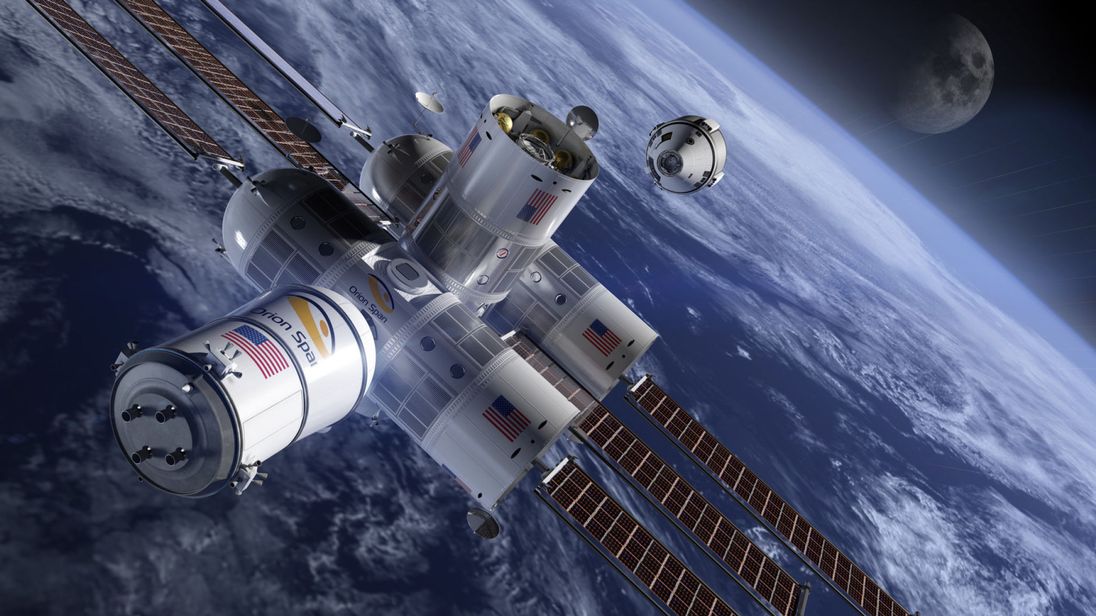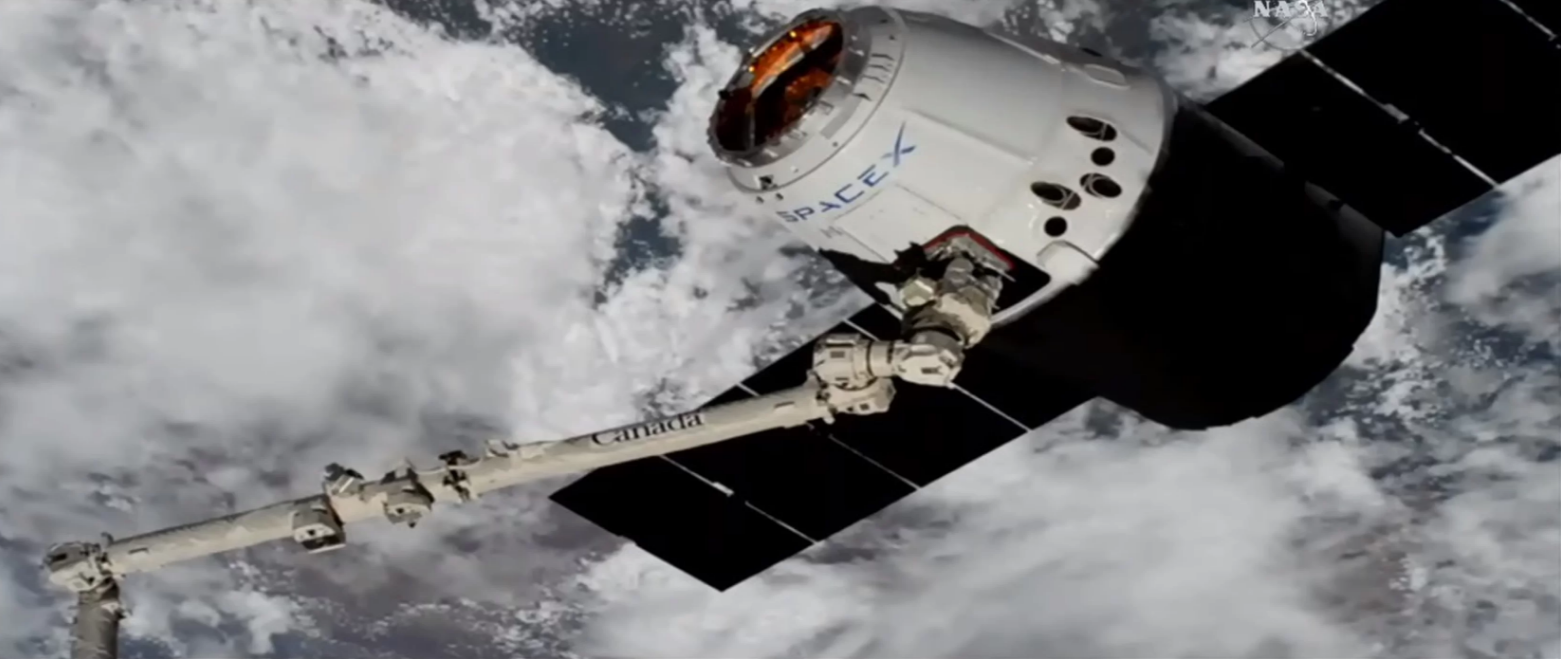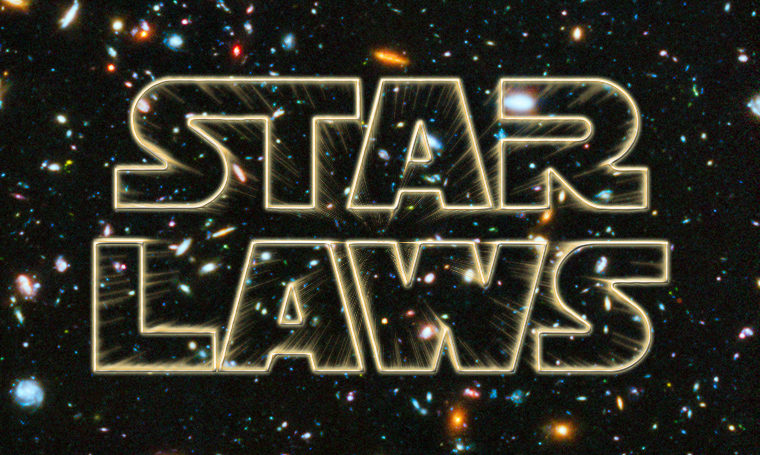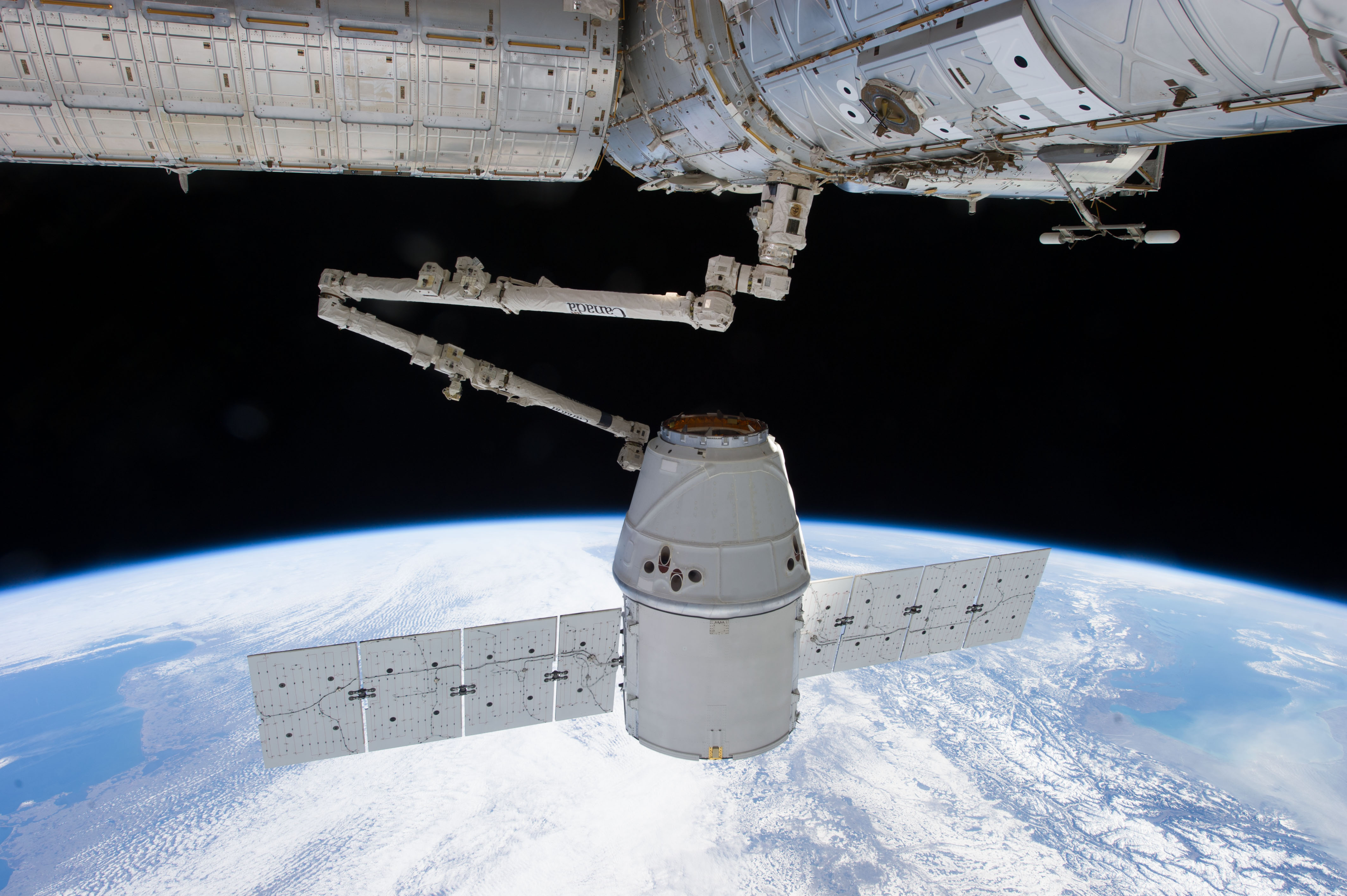
This is exactly the sort of accelerated pace that I hoped, in my fondest wishes, would be a direct result of the recent Falcon Heavy launch and subsequent spaced Tesla roadster. I am convinced that it will encourage and unleash a flood of entrepreneurial excitement and draw the attention of investors and boardroom executives from all corners of the world. Reading today an announcement of a planned “first ever luxury hotel in space” helps to joyously confirm my hopeful assumptions.
The past three days have seen the Space 2.0 Summit held in San Jose, and I will absolutely have to investigate further what was discussed there, since one of the items to emerge was the Aurora Station project proposed by developer Orion Span. This exciting new company is chartered to “build and sustain human communities in space” and I wish them goodspeed and the best success; as they say, a rising tide raises all boats, and I think this starts to show how Elon has opened the floodgates.
Check out the article at sky.com for more details of this new project and how you can reserve your room!



